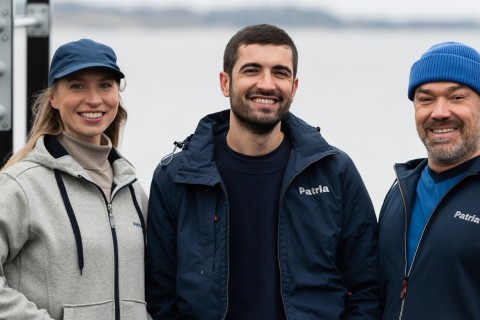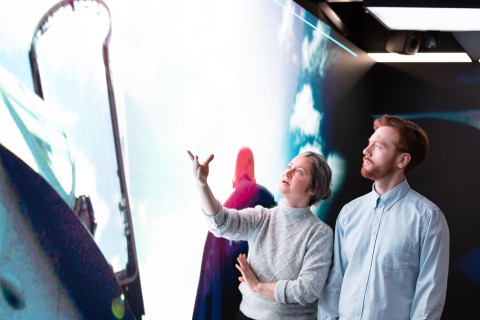

New value with the help of data
31.5.2018
Digitalisation is revitalising business practices, turning processes electronic and developing services. In essence, this megatrend, which is comparable to the industrial revolution, is about combining technology with insight.
Text: Ari Rytsy
Photos: iStockiStock
Digitalisation is now penetrating business operations and societal services and structures. Finland is at the forefront of this important transformation, because it has the EU’s best digital expertise. However, to succeed we need to keep the customer at the centre of service development.
“Digitalisation involves the use of technology and information to create new value and business. Good examples of this include cost savings and new additional services for customers,” sums up Pekka Korhonen, VP, Product and Service Management, Patria Aviation. Digitalisation has been strongly promoted by the increase in the use of portable terminals. These enable us to book and pay for holiday trips electronically, for example. However, we still go on holiday physically. This example illustrates the limitations of digitalisation with regard to all machines and devices. Despite fast data transfer, some basic structures will remain untouched, in areas such as service and maintenance.
“During the digital age, getting things done is a question of electronic and physical interaction. For example, digital information helps in surveying the usability of equipment. The defence materiel industry must now be able to offer its customers something new,” Korhonen confirms.
Success in digitalisation requires a solid knowledge base, and the ability to run agile experiments. Patria is investing in both. This can be seen in its long-term development in areas such as the digitalisation of data and rapid pilot projects, for example in the fields of additive manufacturing and virtual and added reality. According to Korhonen, the key lies in finding the right way of creating value.
“Higher computing power has been an enabler of many things. We must also meet the customer’s basic requirements, such as data security,” he says.
What did you like about the article?
Thank you for your opinion! You can share the article on social media using the buttons below:

























